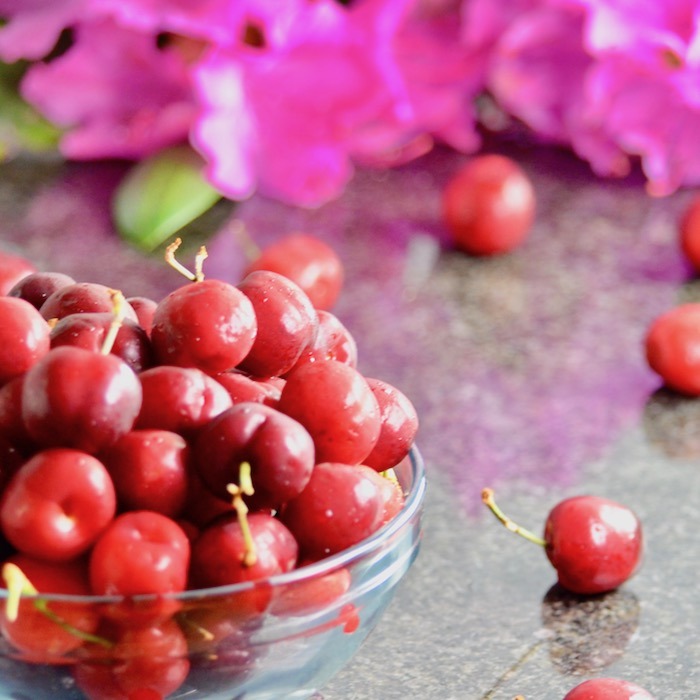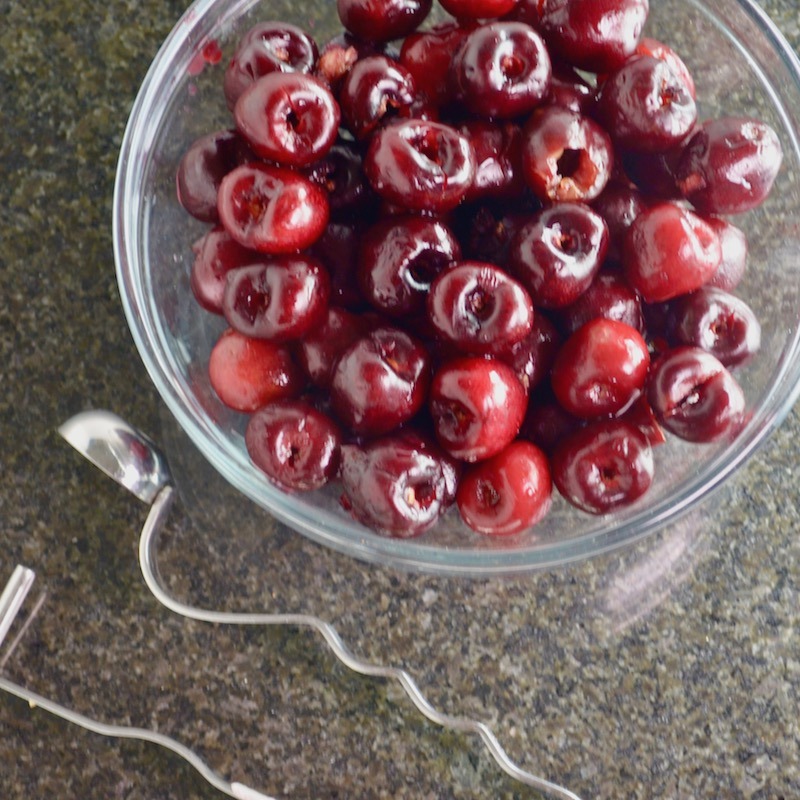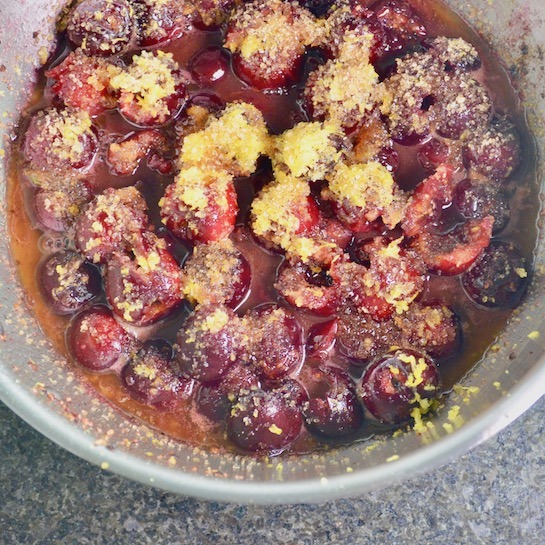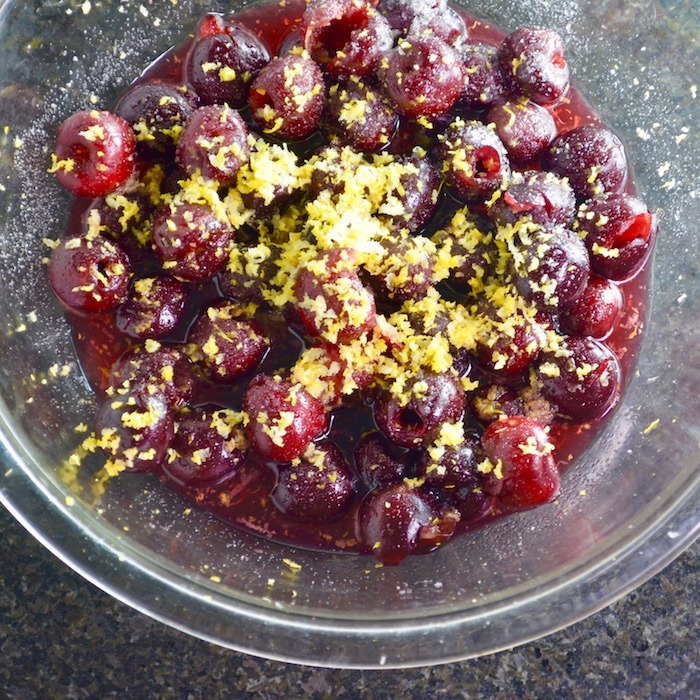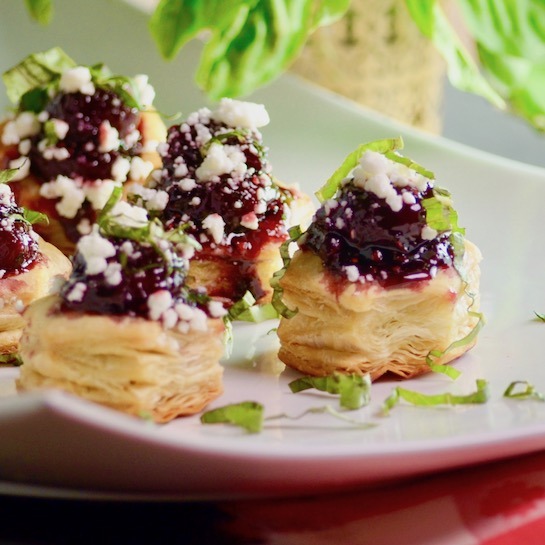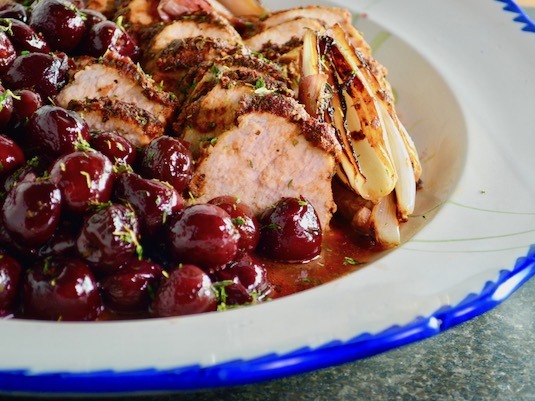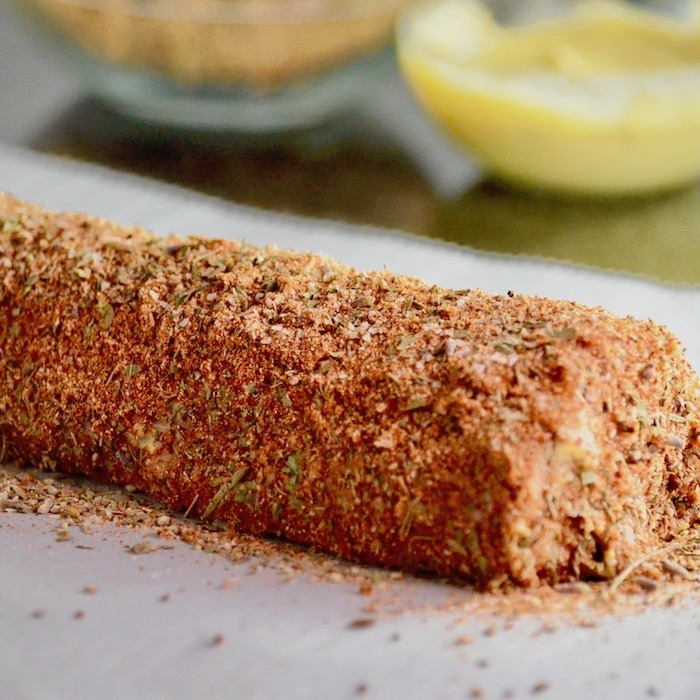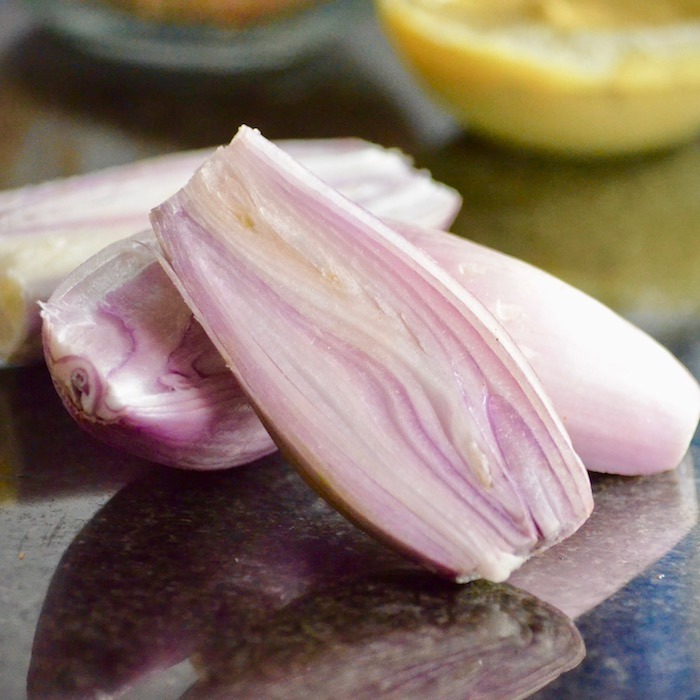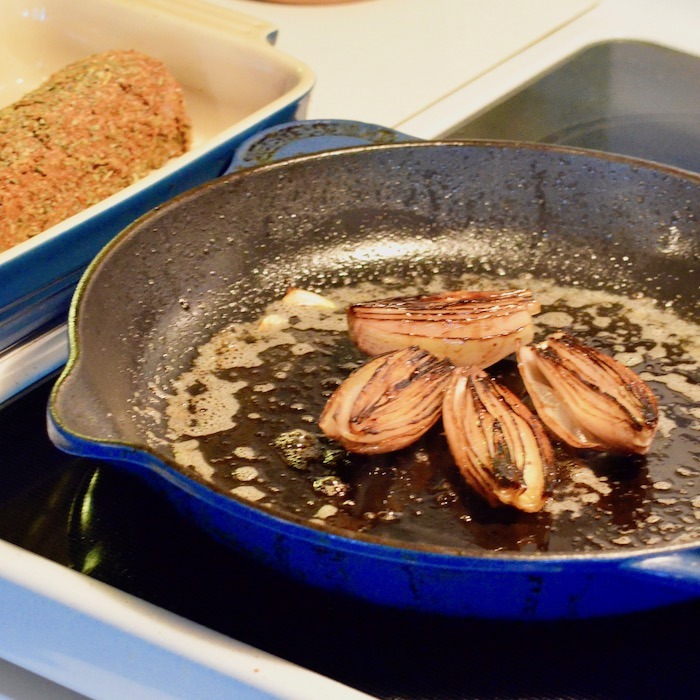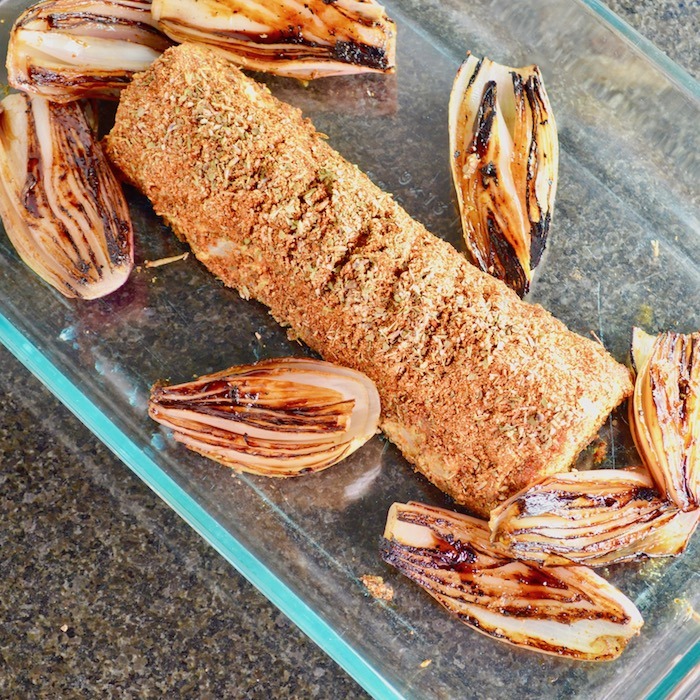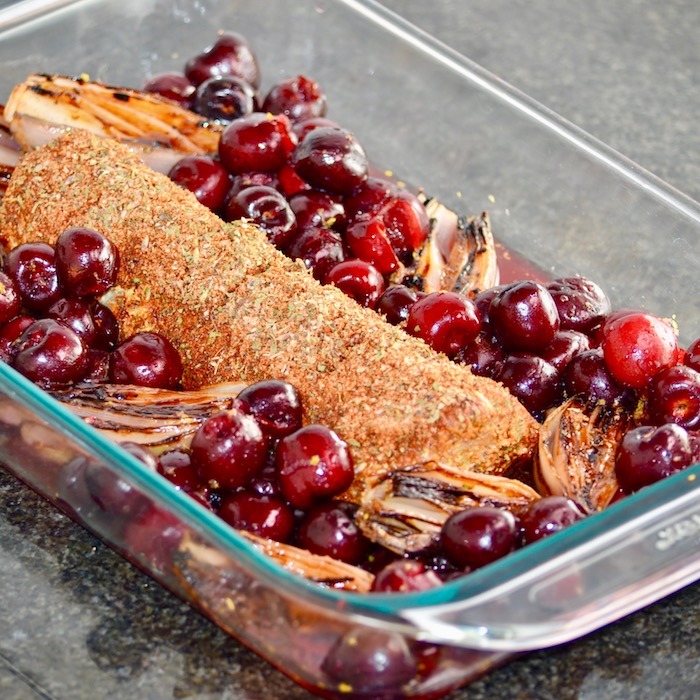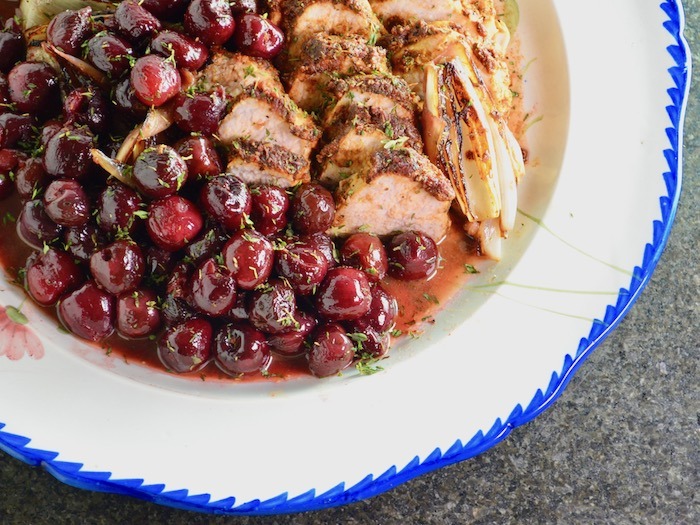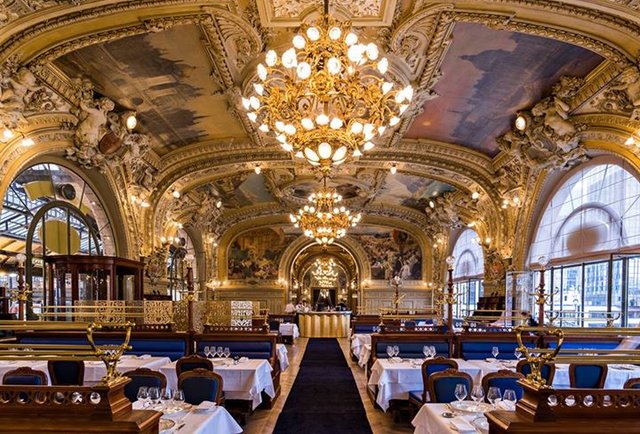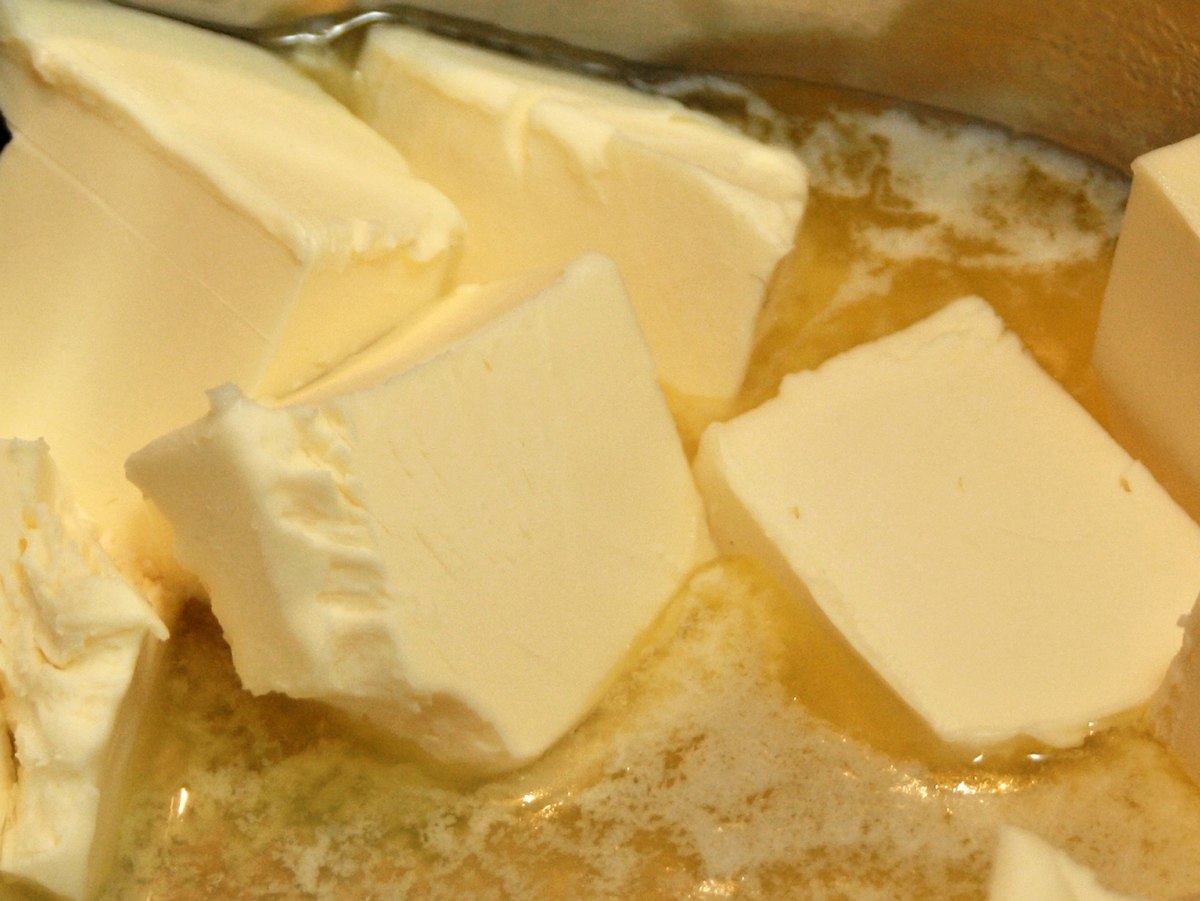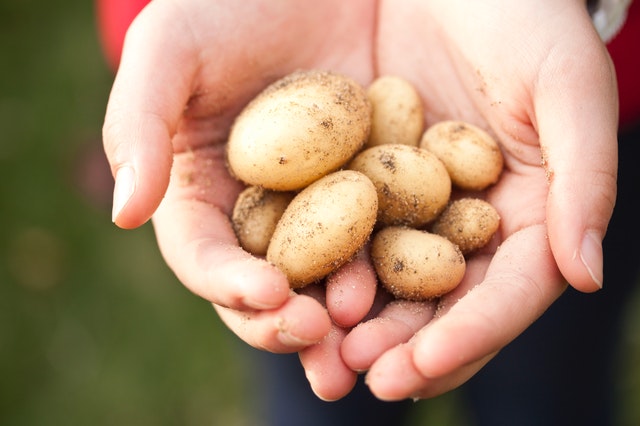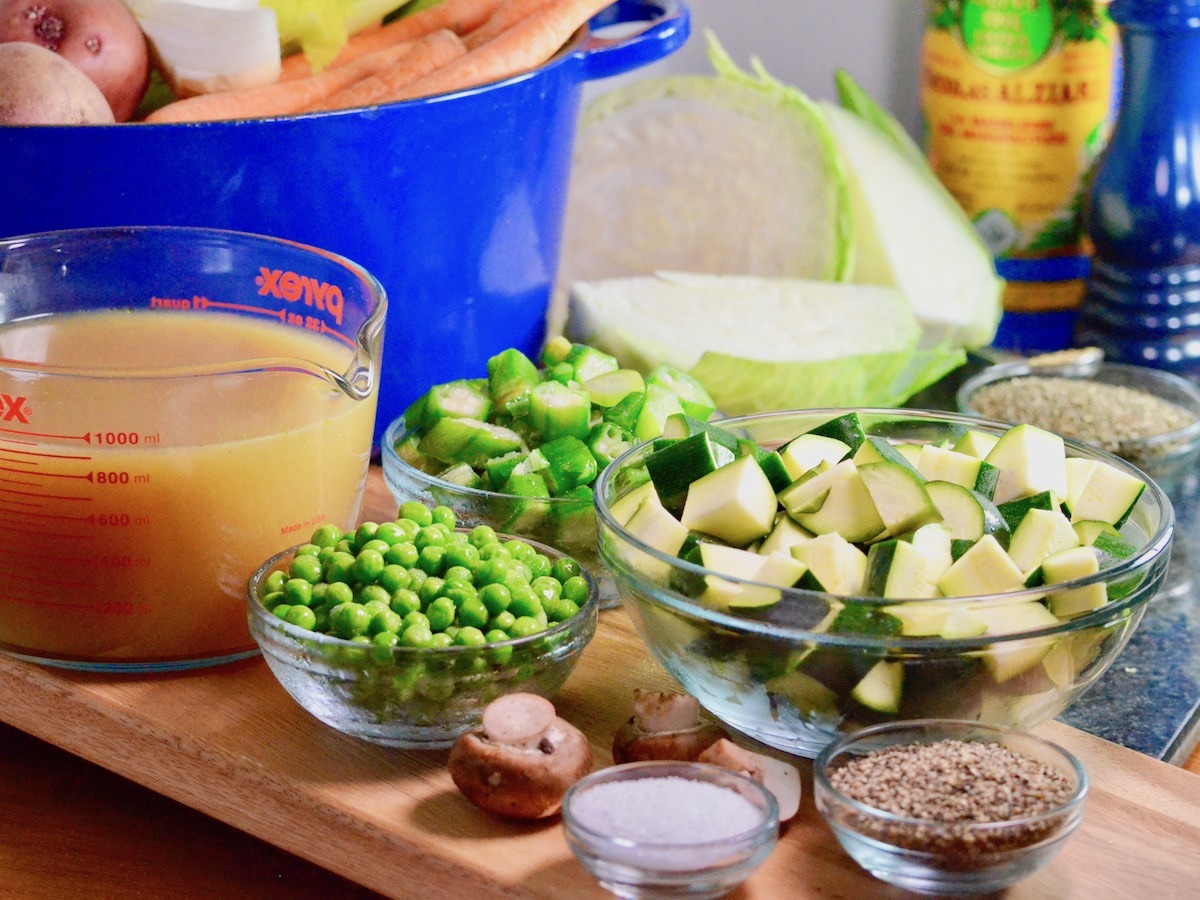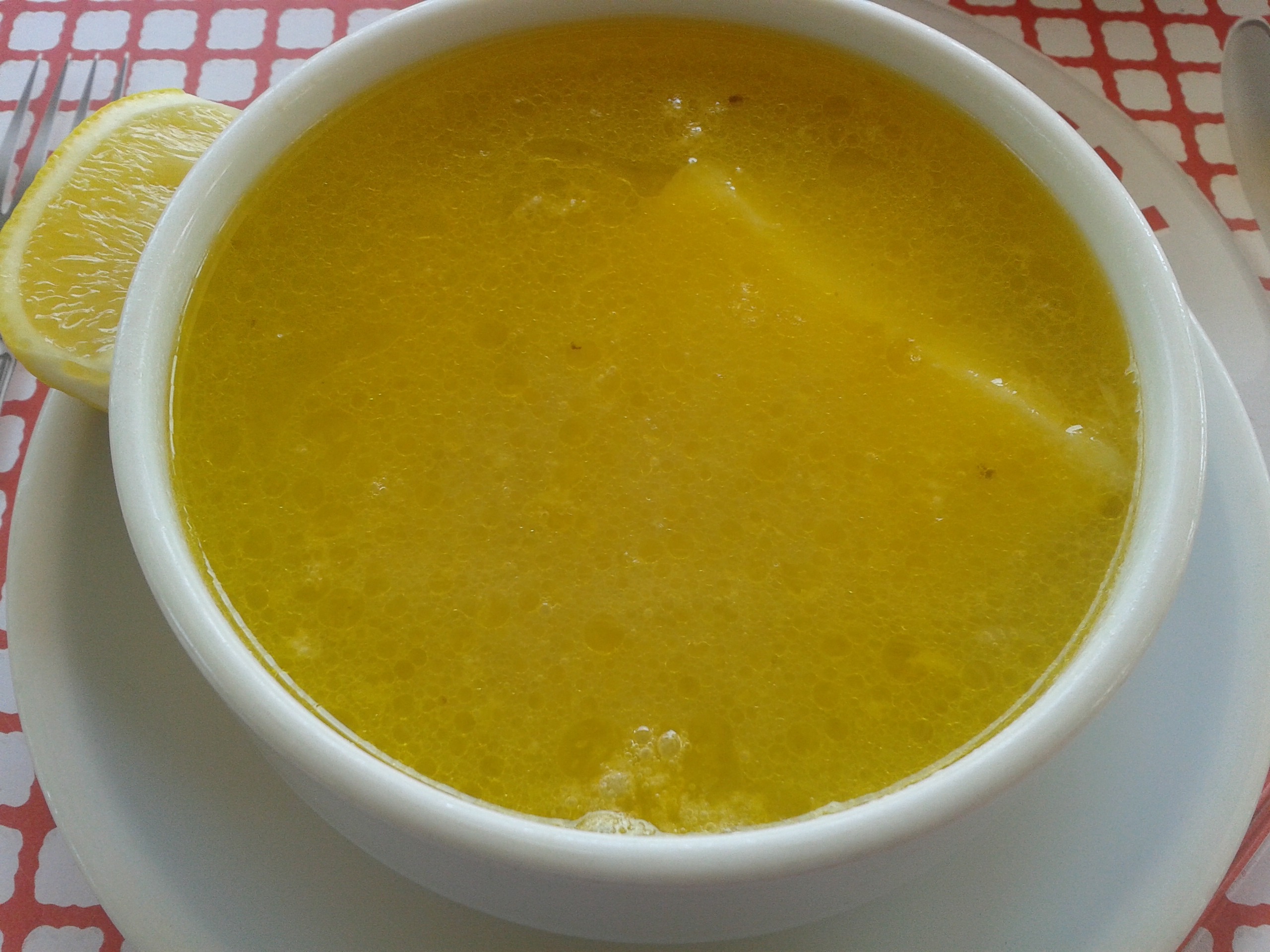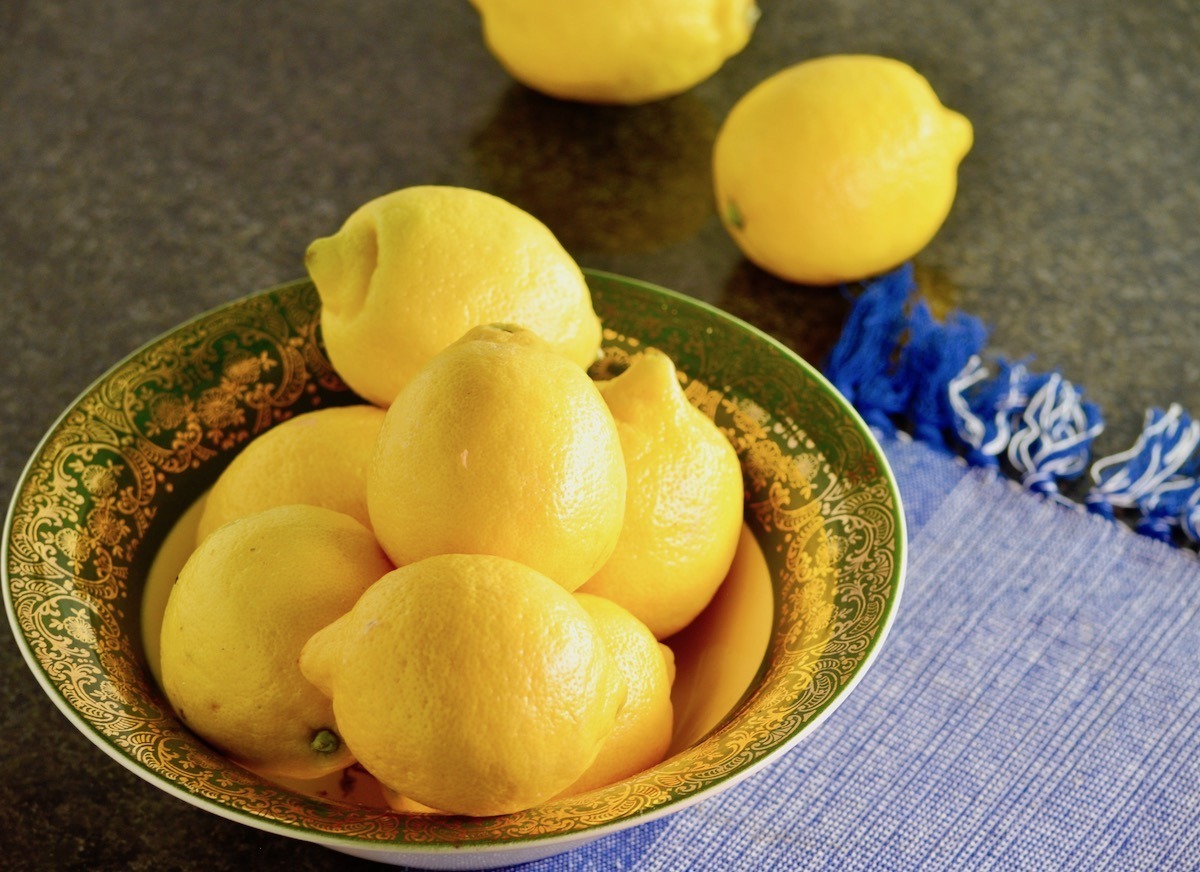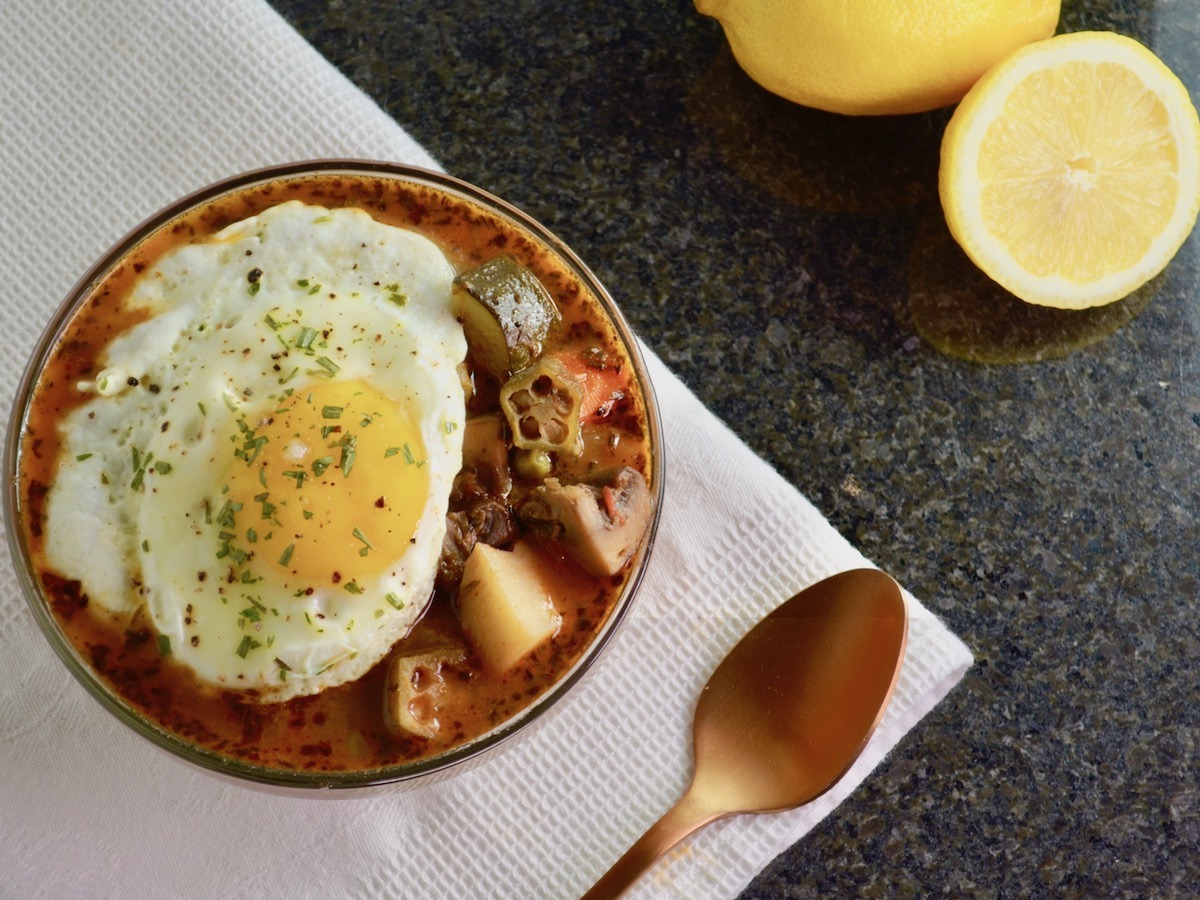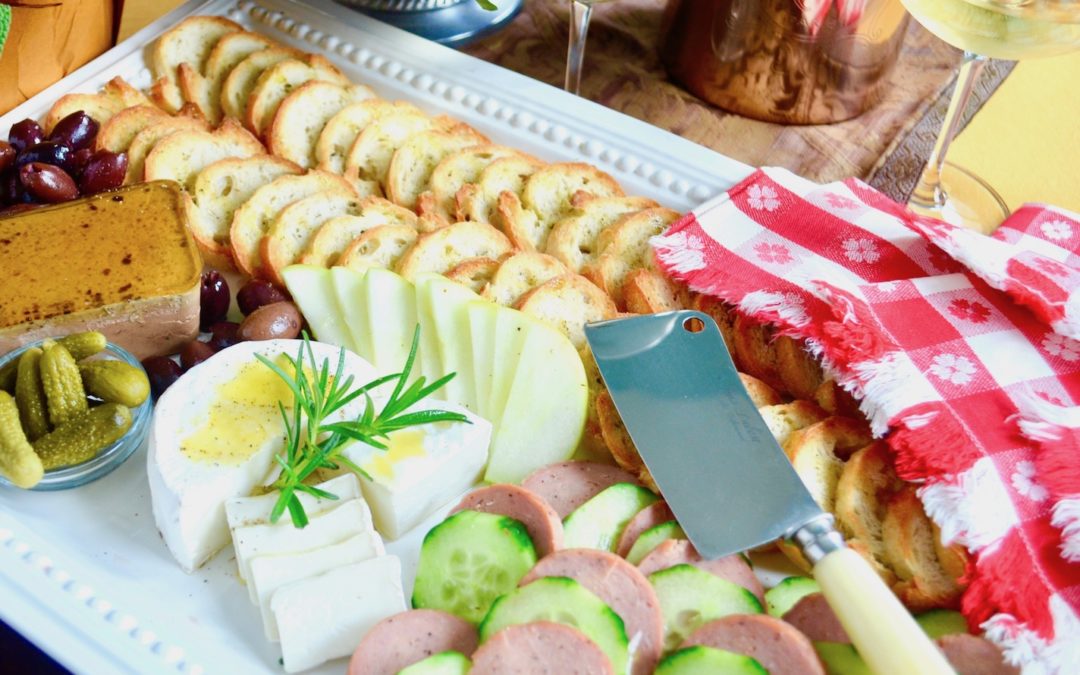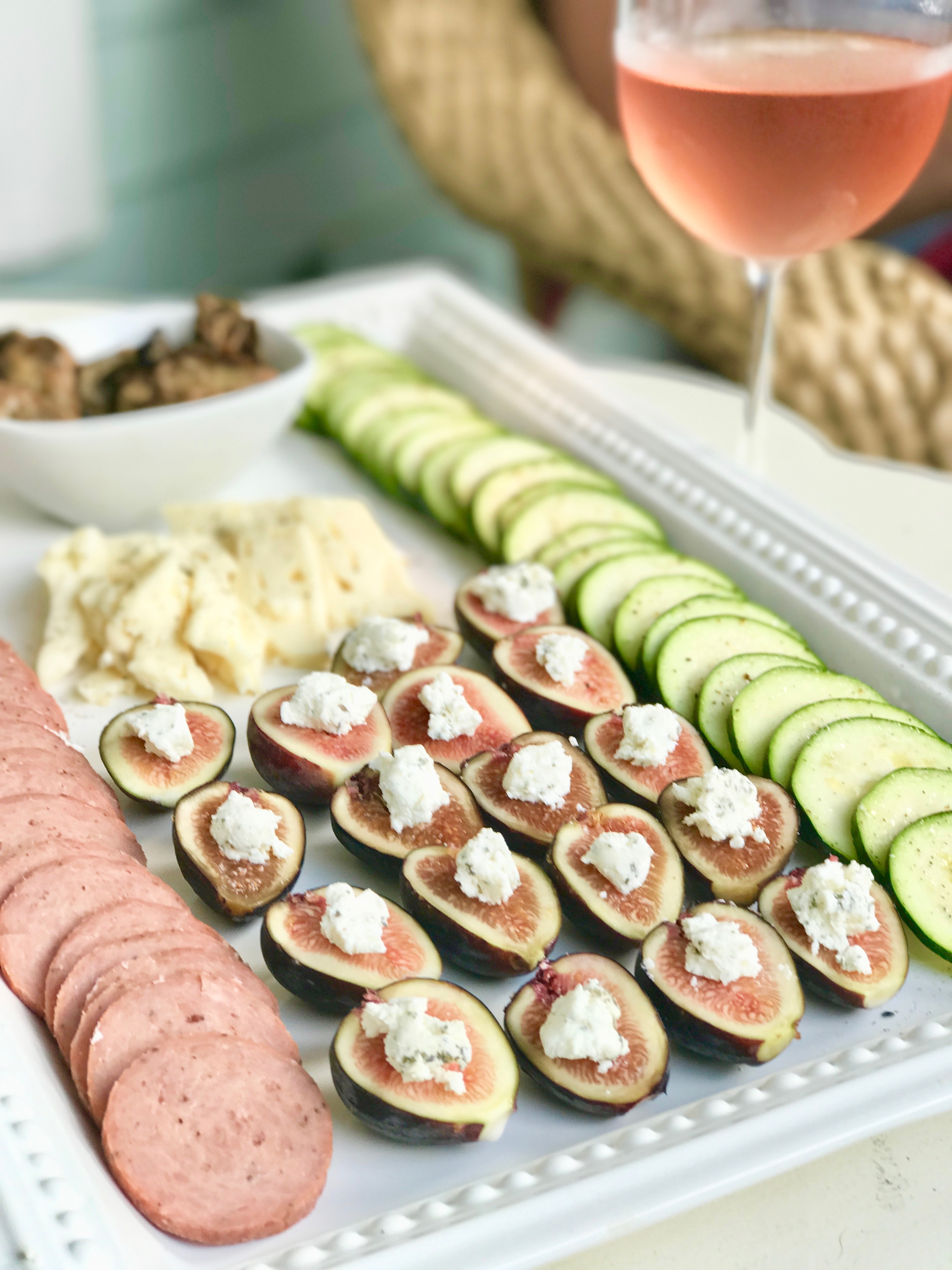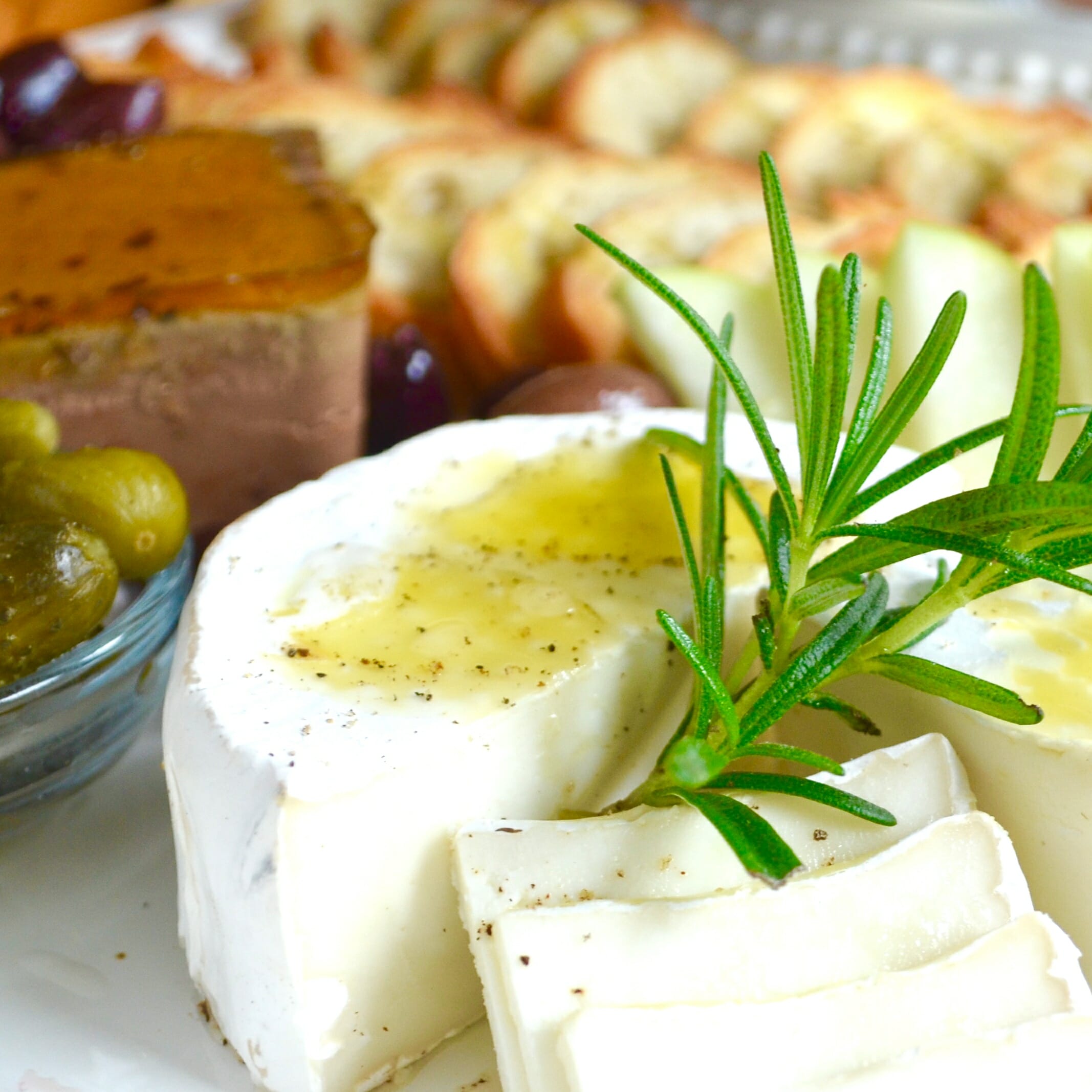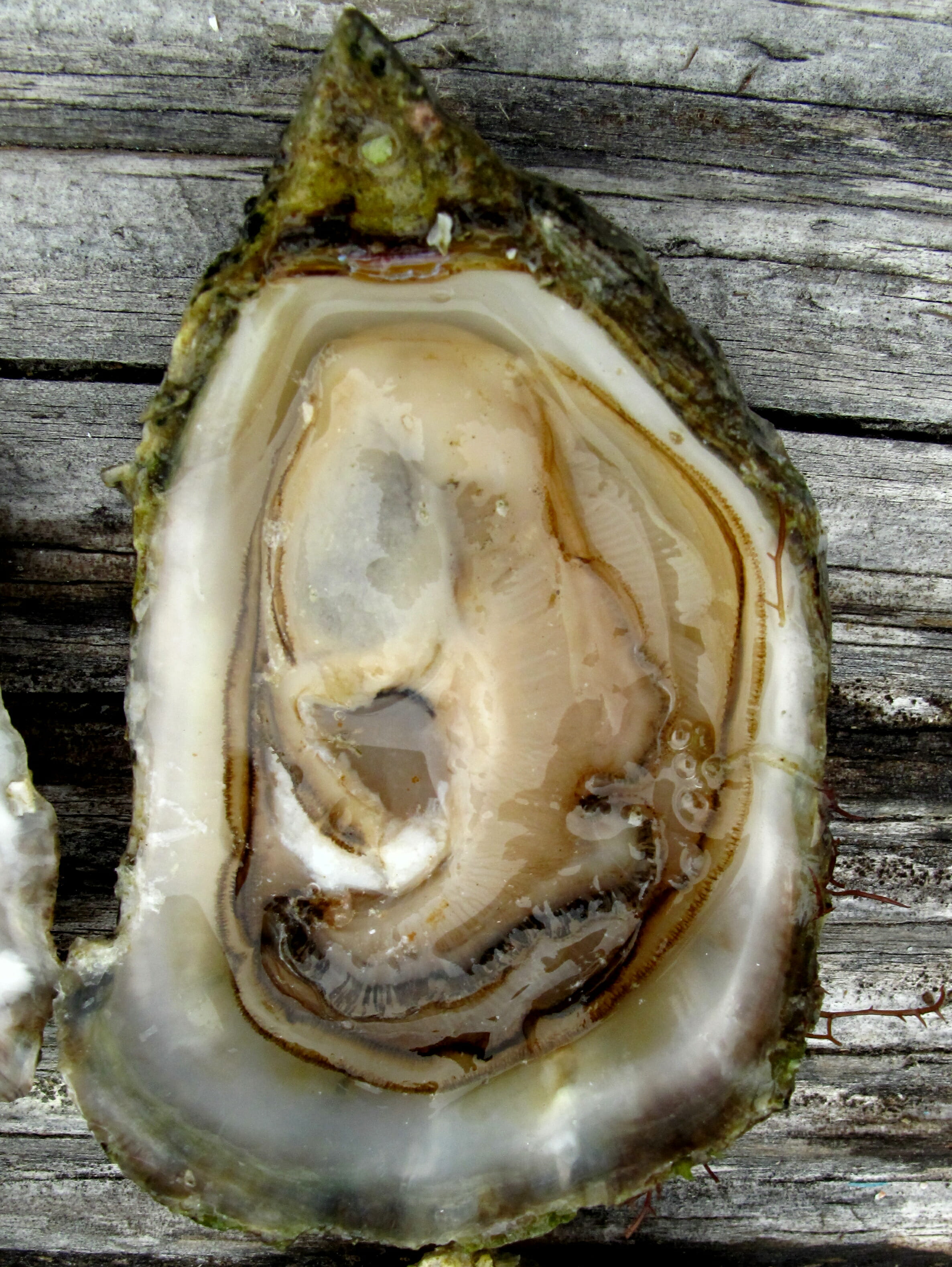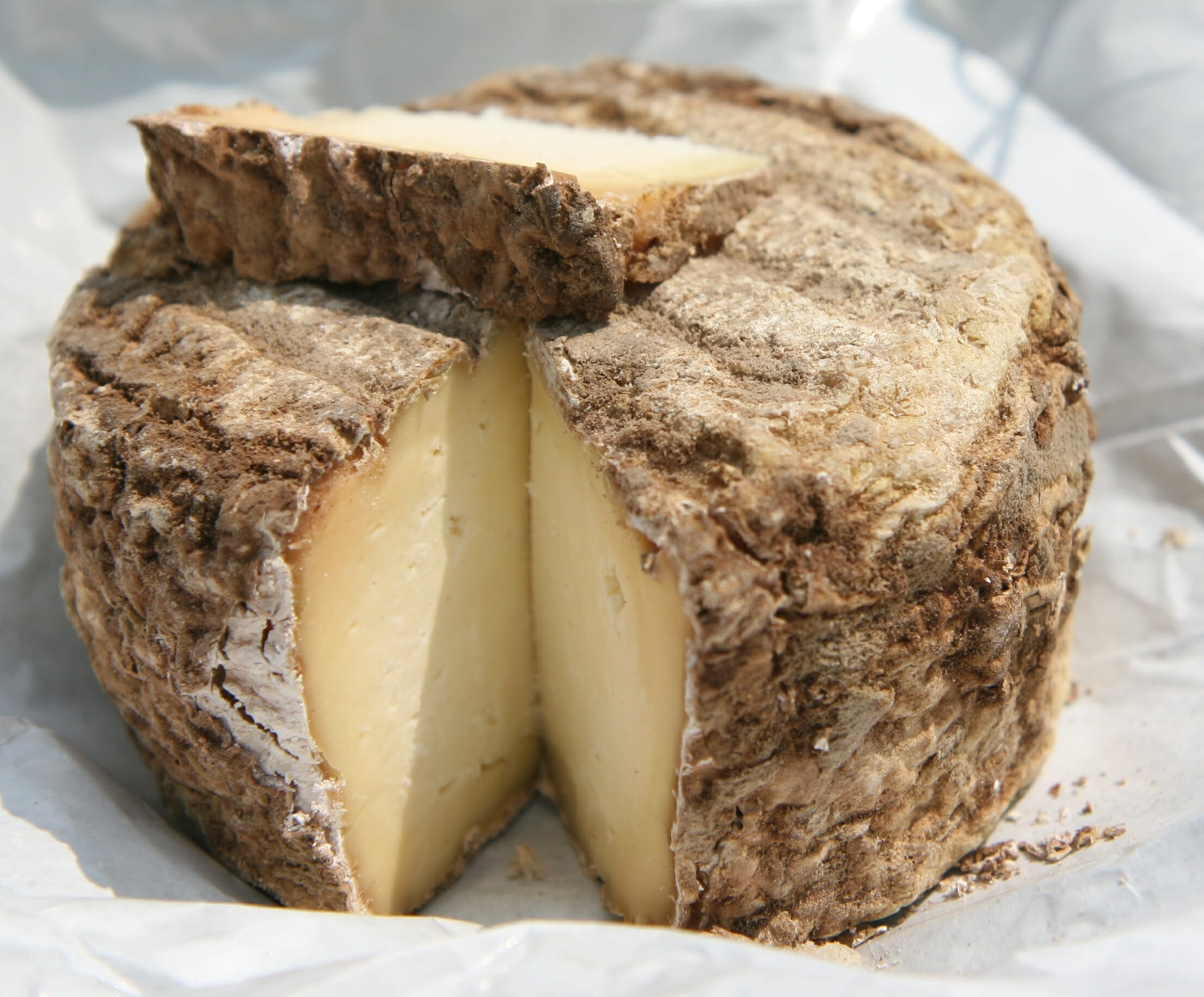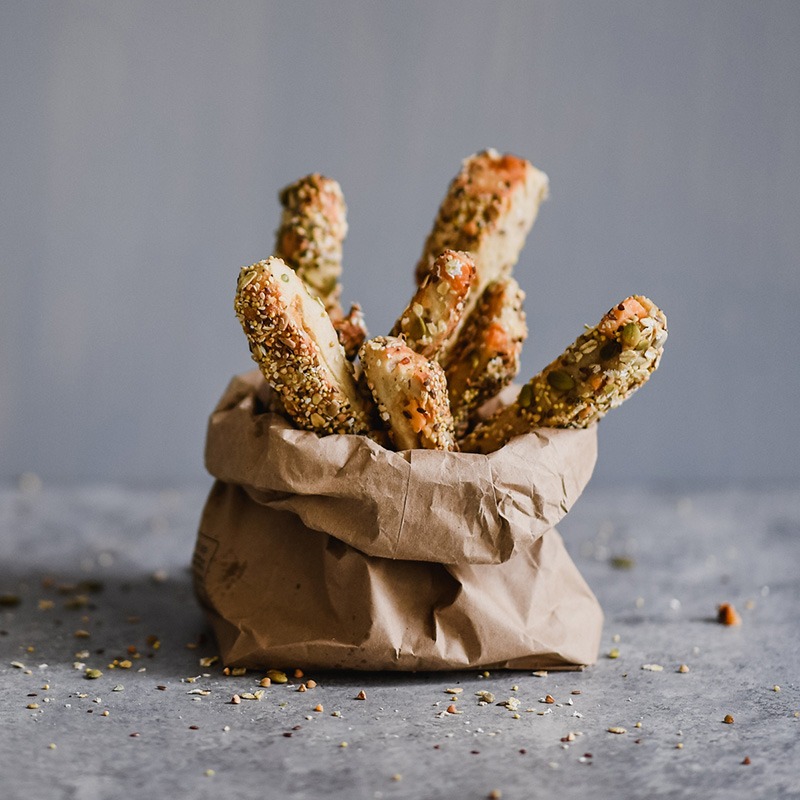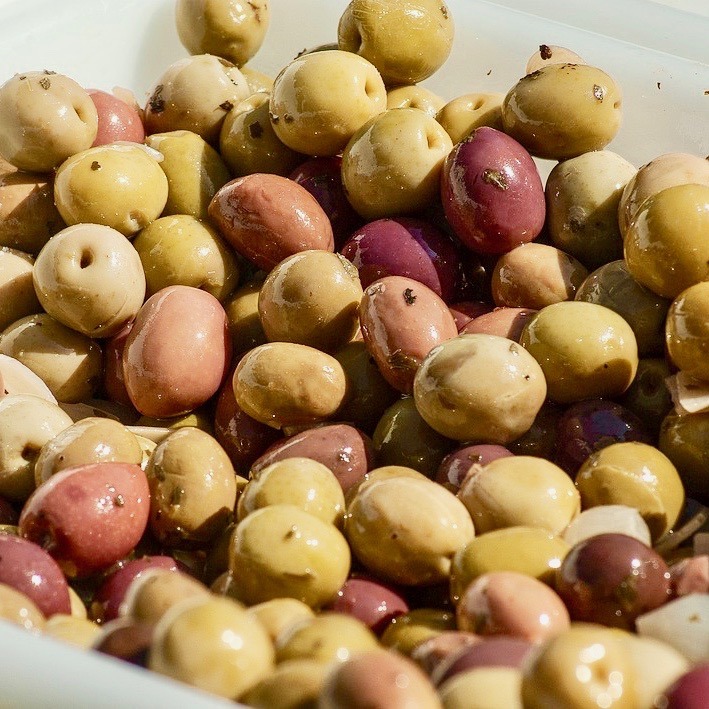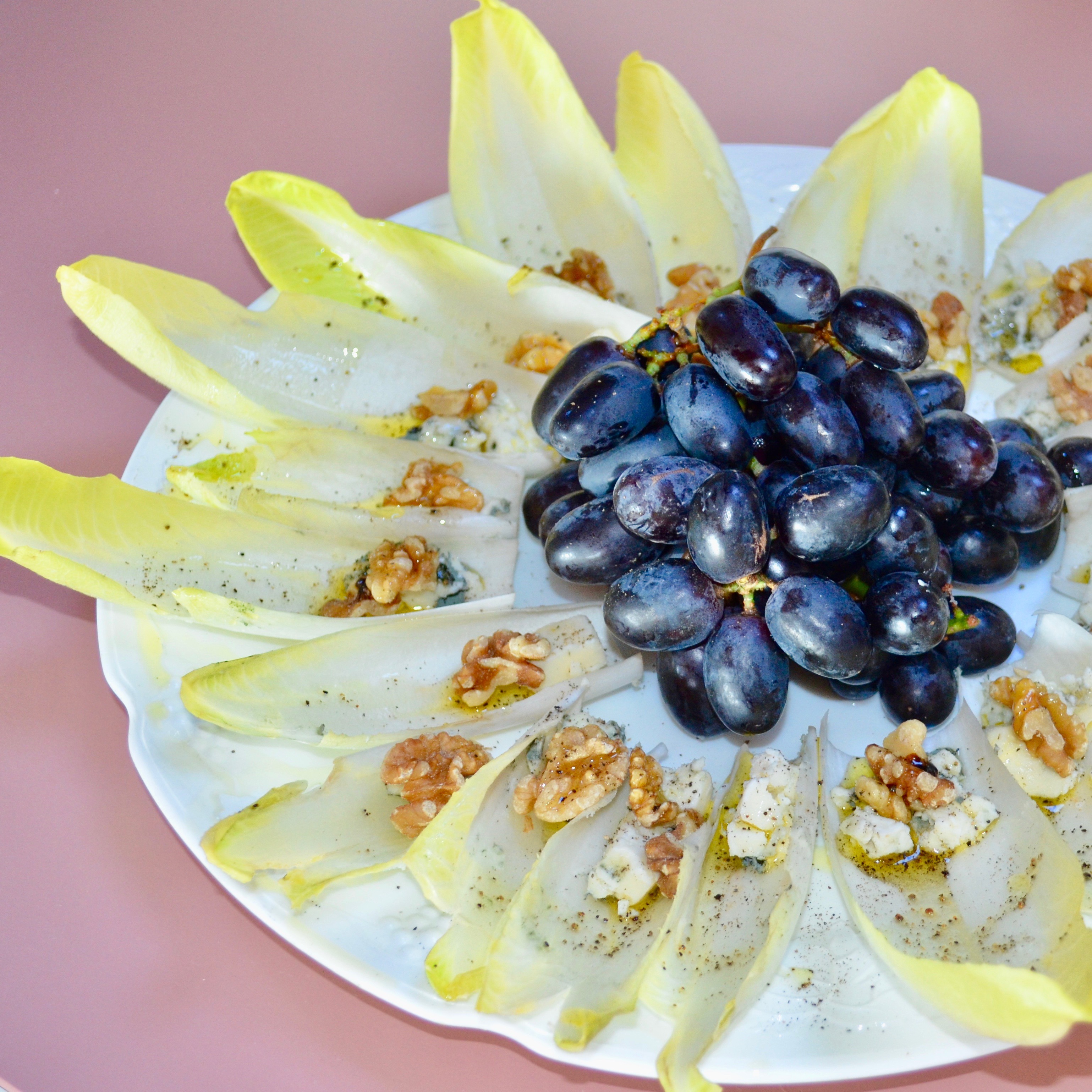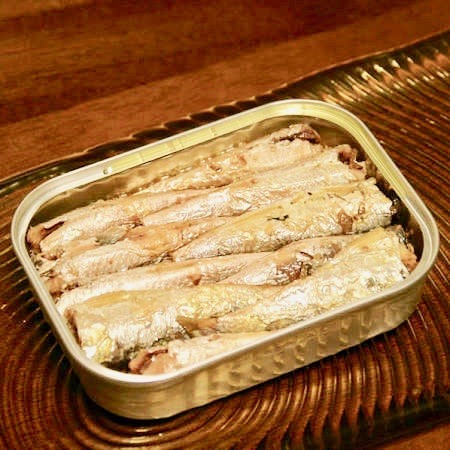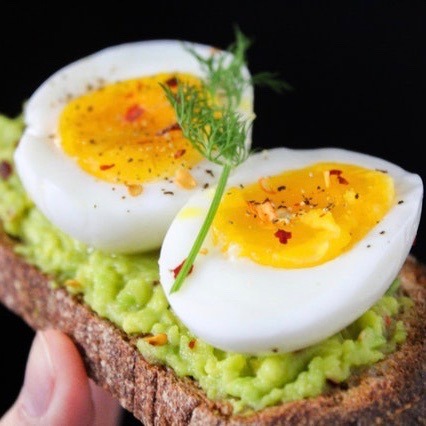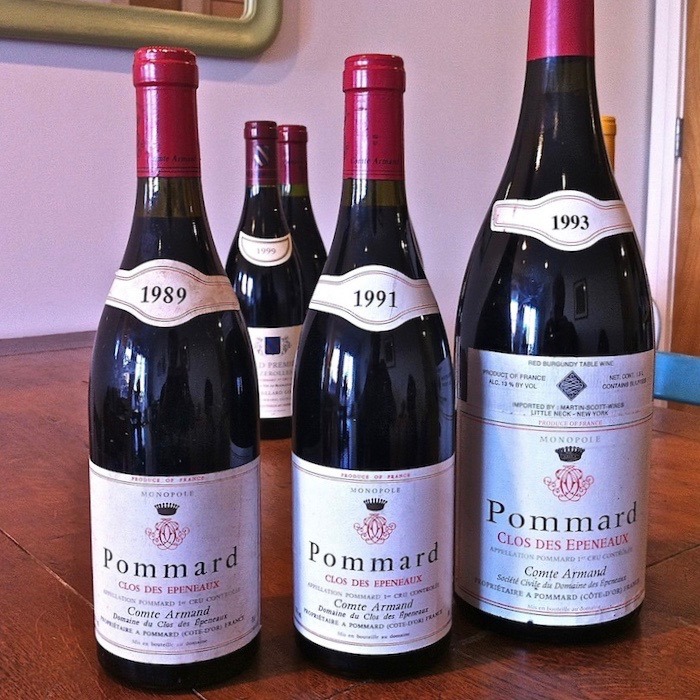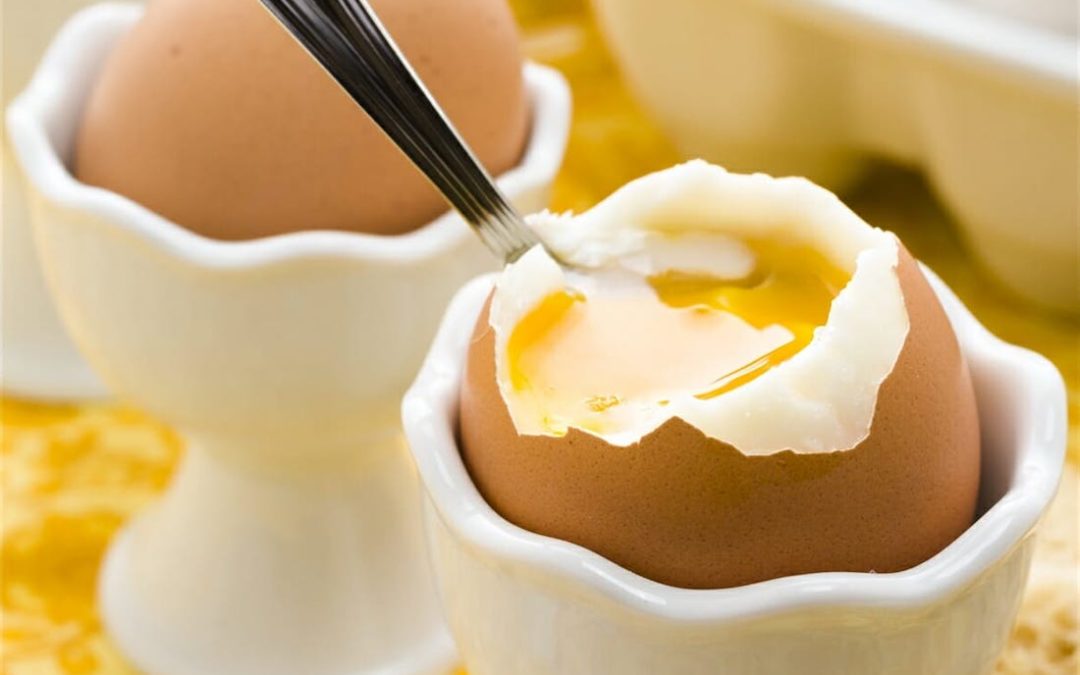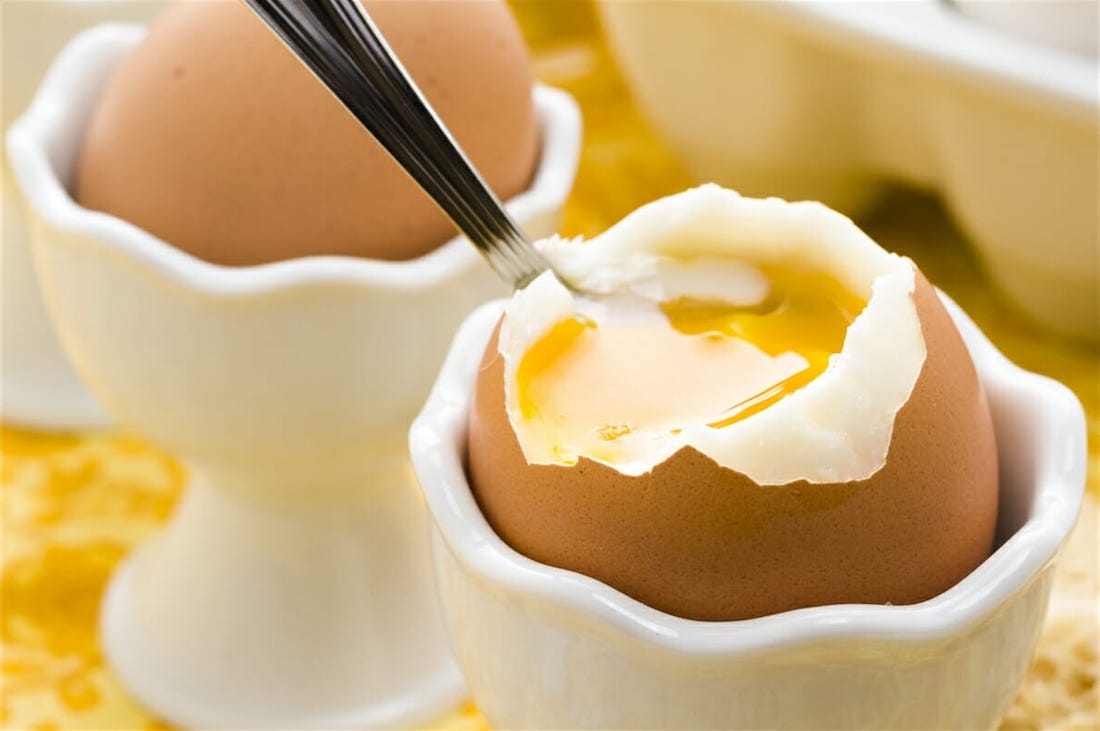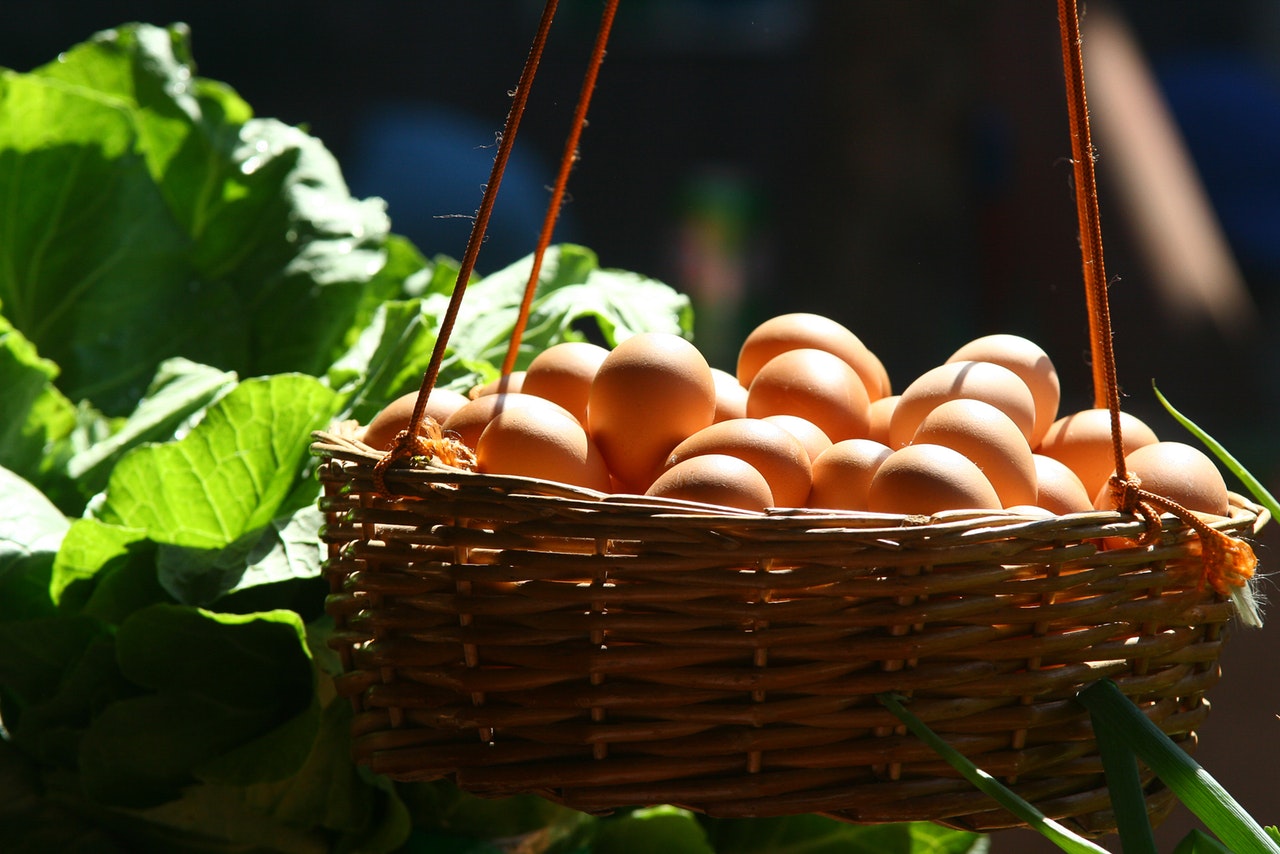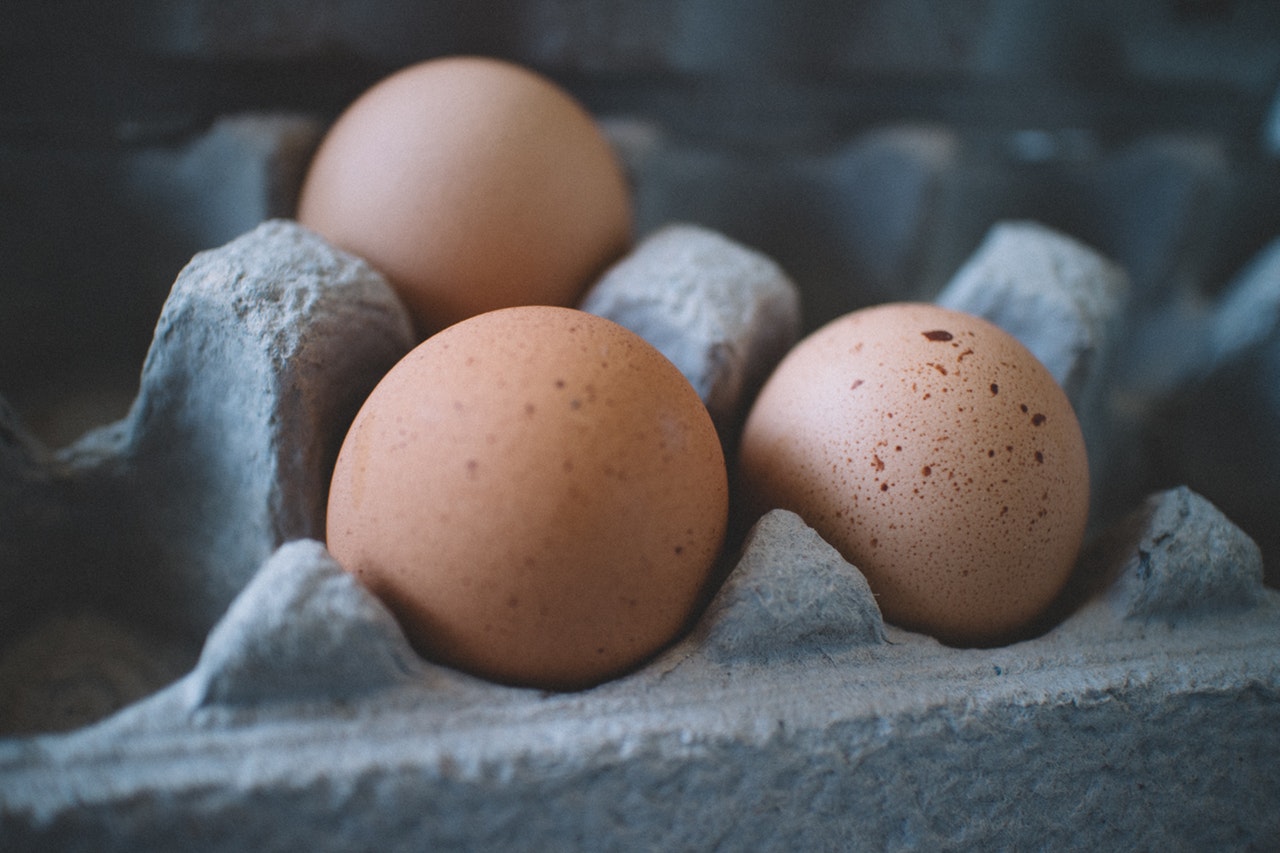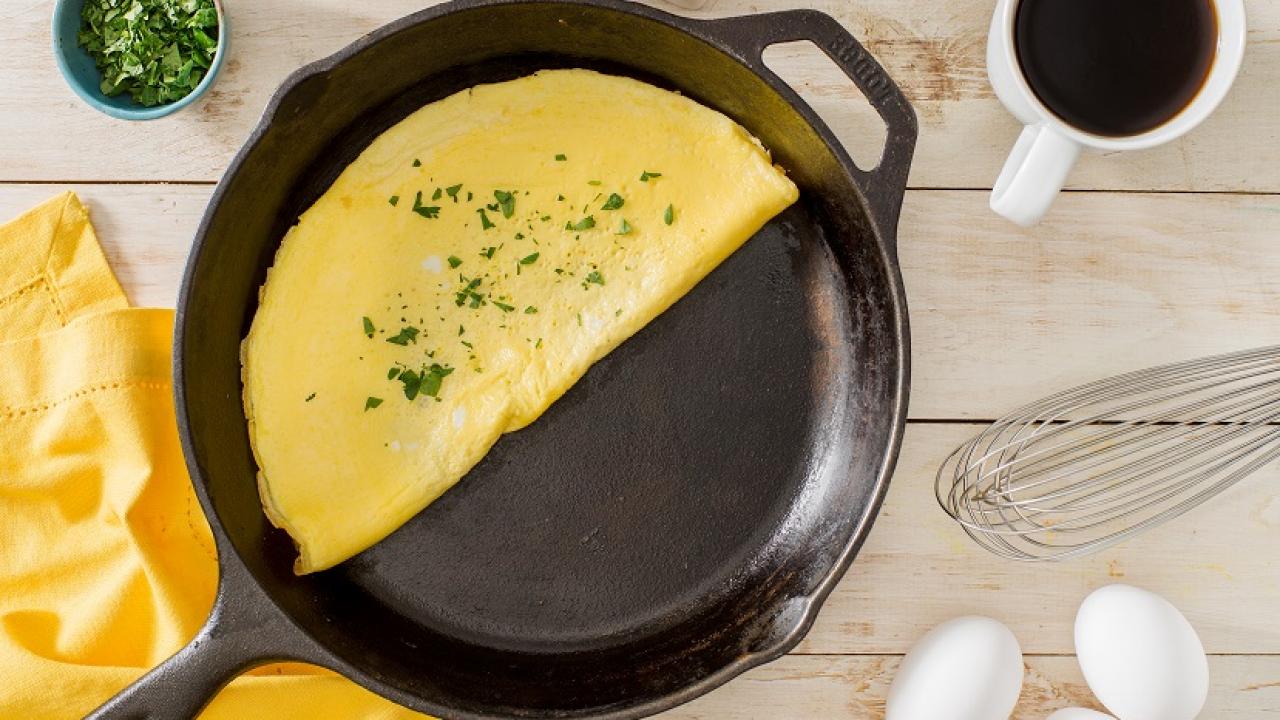
Fast French Cherry Pie
Fast French Cherry Pie
The great thing about July is that it’s still cherry season! And with warm nights, a small bite or two of dessert quickly satisfies our sweet tooth. Enjoy your summer nights with this Fast Frech Cherry Pie.
As a food writer and chef for The French Magnolia Cooks, I am always developing dishes that are seasonal and simple, but rich in flavor. For instance, Fast French Cherry Pie.
First of all, cherries usher in the perfect Provence flavor profile. Second, cherries are both tart and sweet with earthy undertones. Third, this tiny little pie is fast, easy and not too sugary.
Fun French Food Facts
In case you missed last weeks blog on cherries….
Cherries (cerises) are simply miam miam (which is French for yum yum). Cherries are a paramount in French culture and cuisine. After all, French culture is joie de vrivre. And as we know, life’s a bowl of cherries. Yep, I had to say it.
The first Sunday of June begins the cherry season in France. For that reason cherries say ‘summer’!
Particularly, Languedoc, Roussillon, a major player in the French cherry market. Languedoc is a vertical shaped region in the middle of the South of France between Toulouse and Marseille. Most noteworthy, towns like Nimes and Montpellier. In addition, Languedoc is home to dozens of small, romantic towns like Ceret and Mons-La-Trivalle who celebrate with annual cherry festivals.
Furthermore, some of the world’s most celebrated wines come from Languedoc, Roussillon. So, it’s only natural that the wines have cherry undertones. In other words, you can’t throw a quarter in Languedoc without hitting a cherry tree. Another major cherry player is the Loire Valley, also in the South. Cherries grown in this region are primarily used for Guignolet, a French cherry liqueur.
Finally, cherries are packed with tons of antioxidants and vitamins, especially vitamin C. In short, eat up!
Fast French Cherry Pie
YIELDS: 6 generous portions
TIME: prep: 10 minutes. Cook: 20 minutes. Cherry mixture can be made 3 days ahead and then re-warmed.
NEED: cherry pitter (see photo); found easily in most kitchen wares departments.
KNOW: when dealing with pepperidge farm pastry cups. they can go straight from freezer into oven. As a side note, when dealing with pepperidge farm pastry sheets, they need to thaw for 40 minutes before dealing with them.
FAST FRENCH CHERRY PIE
Ingredients
- (1) pepperidge farm pastry cups
- pull 6 / box back in freeser
- 1 cup fresh pitted cherries
- 4 tblsp real butter
- 1/2 tbsp cracked black pepper
- 1 teaspoon Herbs de Provence
- 5 tbsp of sugar
- 2 tbsp of port (not fancy port)
- 1 lemon (zested)
- the juice from that lemon
- 6-8 basil leaves
- 1/4 cup French chevre goat cheese
Fast French Cherry Pie
3 Steps!
Step 1
DO AHEAD OF TIME. If you are making this dish all in one day, go ahead and preheat the oven to 400 degrees. De-pit and wash cherries. Be sure to double check each one. You could seriously injure a guest’s tooth if you aren’t careful.
Step 2
In a cooking pot, add cherries, add a generous 4 tbsp of real butter, 2 tbsp of port, 1 generous tbsp of cracked pepper, 5 tbsp of sugar, the zest of one whole lemon and the juice of whole lemon. While you are bringing mixture to a boil, pop the pastry cups in oven on a dry cookie sheet. Be sure to take the little circle caps out of the middle. Set timer for 20 minutes. Keep cherry mixture on a heavy simmer. Reduce for 20 minutes.
Step 3
Stuff cups with 2-3 cherries. Be as generous as possible without making a mess. Sprinkle generously with French Chèvre goat cheese. Stack basil leaves and roll and chiffonade cut. Sprinkle with fresh basil. Basil and cherry together are fabulous! Serve immediately.
I Appreciate Your Thoughts!
Please leave a comment because I want to hear from you!
Also, please share on your favorite social media.
Remember to get your FREE eBook, The NO DIETING Survival Guide to Health & Joie de Vivre: 7 easy habits to adopt. CLICK BOX BELOW.
Thank You & Cheers!

